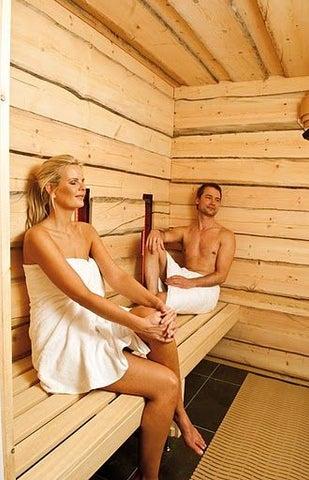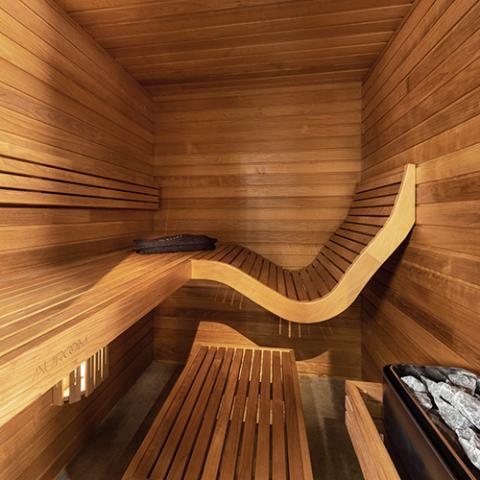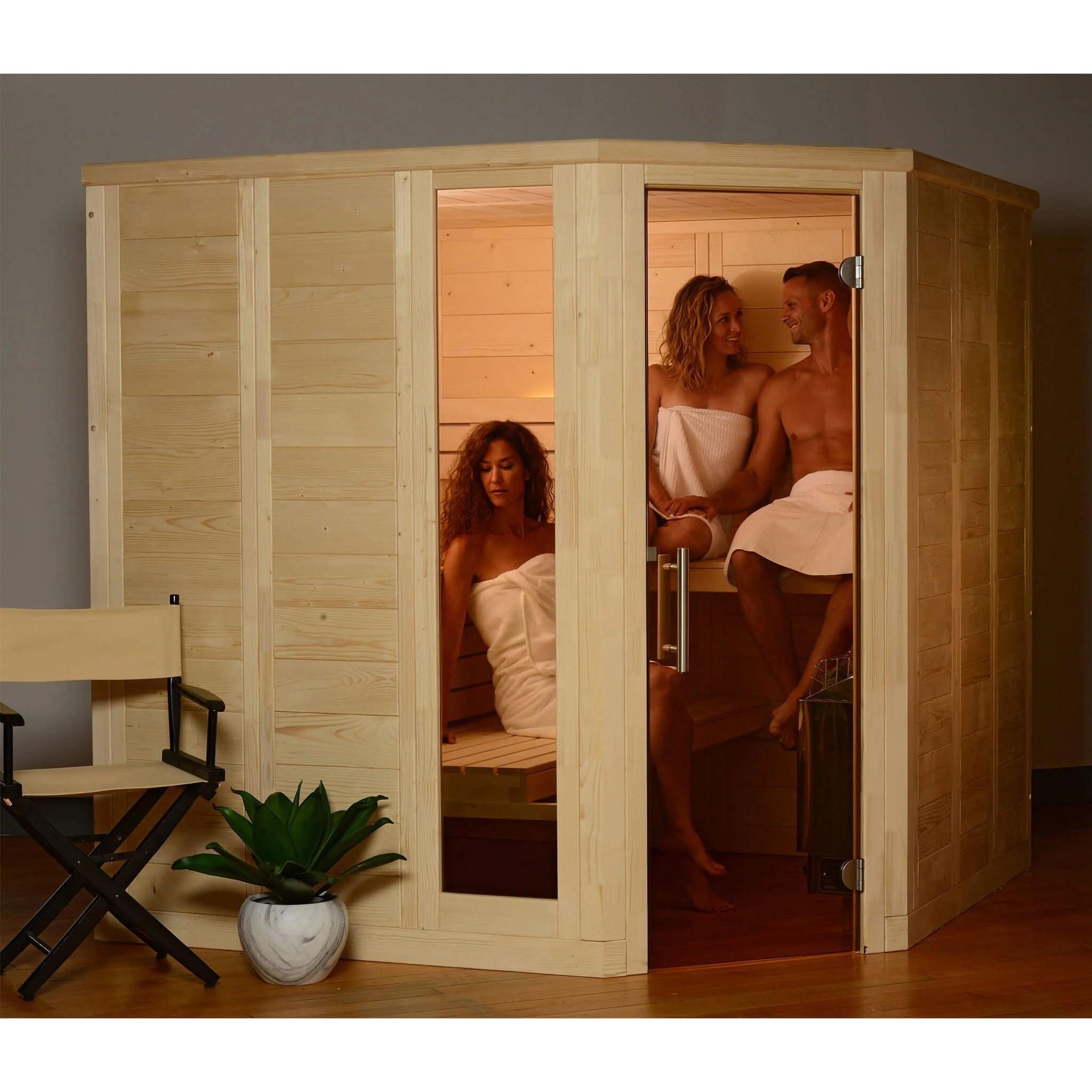About Traditional Sauna
About Traditional Sauna
Blog Article
Rumored Buzz on Traditional Sauna
Table of ContentsA Biased View of Traditional SaunaTraditional Sauna Can Be Fun For AnyoneThe Definitive Guide for Traditional SaunaThe Of Traditional SaunaWhat Does Traditional Sauna Mean?
Many of the weight shed in a sauna is water loss and is re-gained upon rehydrating. Without a question sauna can be an important part of a healthy weight loss program. To take a look at the differences between standard and IR saunas, I will certainly divide these right into verifiable, theoretical, and produced differences.Thus, the hottest point in the saunawhich is at the ceiling directly over the sauna heateris generally between 185 and 190 F. Claims that a standard sauna surpasses 200 F is just not true and not appropriate for electric saunas sold in the United States. The temperature level for a far-infrared sauna is usually established in between 120 and 140 F; nonetheless, unlike the standard sauna, the goal in and IR space is not to achieve a heat.

When a typical sauna has been properly warmed, the sauna walls are cozy, the air temperature has actually accomplished established temperature and the rocks are extremely heated. As an interesting side note, the warmed wall surfaces and the rocks are emitting far-infrared warmth, combined with the warmed air, to create an "covering warmth".
Traditional Sauna for Beginners
When the heat is accomplished, the elements cycle on and off to maintain the heat. Many standard sauna users take pleasure in putting water over the rocks to create heavy steam to increase sauna moisture degrees. The advantages of pouring water over the rocks consist of: making the room much more comfy, dampening the nasal flows, and permitting the use of aromatherapy by mixing necessary oils with the water.

When the power goes into the body, it triggers the body temperature level to enhance and eventually leads to perspiration. In an infrared sauna it is very important for the emitters/heaters to stay on practically continuously. Because there is no mass of rocks to keep heat, the sauna will cool if the emitters shut down.
The Main Principles Of Traditional Sauna
As pointed out above, the sauna bather in an infrared area wishes to place himself in front of running emitters to obtain maximum advantage from the warm. The home heating time for the two spaces can be very various, depending on just how the rooms are utilized. For a conventional sauna, a bather must allow 30-40 minutes for the room helpful site to accomplish a preferred temperature and to correctly pre-heat the rocks.

A well constructed sauna will usually accomplish a temperature level of 150-160 F in about 30-40 mins (Traditional Sauna). For hotter temperature levels, the area might require to warmth for a longer period. As soon as the space achieves established temperature level, the heating unit will cycle on and off, normally running concerning 50% of the moment. The insulated wall surfaces and the warmed rocks will certainly keep the room warm and at secure temperatures.
To some, 15 minutes was "thrown away" while the infrared energy heated up the timber panels instead than heating up a body, while others find a pre-heated area to be extra comfy and believe a raised beginning temperature level is necessary to begin sweating. The length of advised usage for every room is around the same (10-15 mins per session); nonetheless, because of the lower air Resources temperature levels and the ability to feel the impacts of infrared warm much faster than a typical sauna, it is not unusual for a person to invest a total of 20-30 minutes in an infrared sauna.
The Basic Principles Of Traditional Sauna

The ordinary cost per kWH of electrical energy in the U.S. is around $0.11, so a 4.5 kW heating system will cost about $.50 to run for one hour, if the heating unit runs continually for one hour. Usually a sauna heating system will run for 75% of the very first hour and 50% of succeeding hours on since the elements cycle once the set temperature level is attained.
A two person far-infrared space is generally literally smaller than a standard sauna, usually about 4' x 4' or smaller. The IR furnace is typically 1.5-1.7 kW using a 120 volt 15 amp plug-in Check This Out service. Considering that the area can be used quicker than a sauna space, we will certainly think the area is used for to of an hour including warm up time.
Ultimately, there is a seldom talked about difference in the social experience between the two spaces. While our society has shed several of the social benefit of the traditional sauna experience, it can be very socially gratifying (Traditional Sauna). From household time in the sauna, to heart-felt conversations with considerable others, to sauna partiesthe typical sauna experience can lead to intimate socializing
Things about Traditional Sauna
Many higher end infrared areas include tinted light treatment, stereo and full-glass fronts. The dimension of a lot of rooms enable 2 people to conveniently use the space, while some styles might permit a 3rd or fourth person to make use of the space. Custom infrared areas are likewise available, with area sizes available approximately 7' x 8' x 7' high.
Report this page